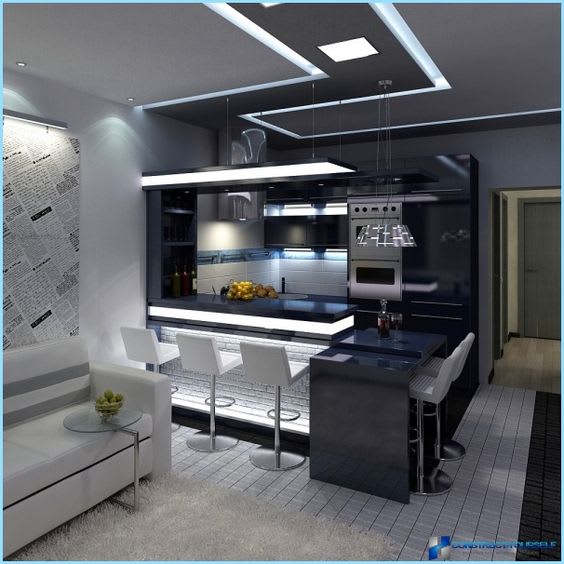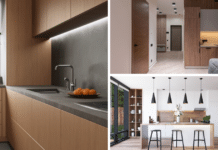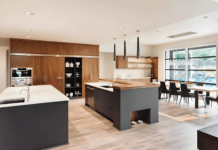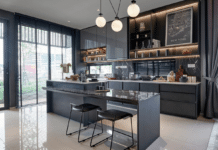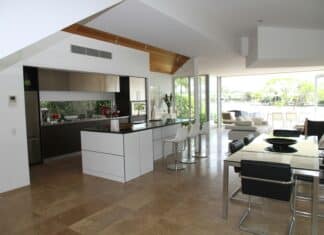Light is essential to every room, but it’s more than picking a few lamps and plugging them in. Lighting can affect how you experience your rooms, more than just making a room less dark so you can see.
Lighting is important in kitchens because you are dealing with heat and water and also preparing food that involves sharp tools. In this sense, lighting is most important in this space for safety reasons.
Kitchen Lighting Decoration Tips
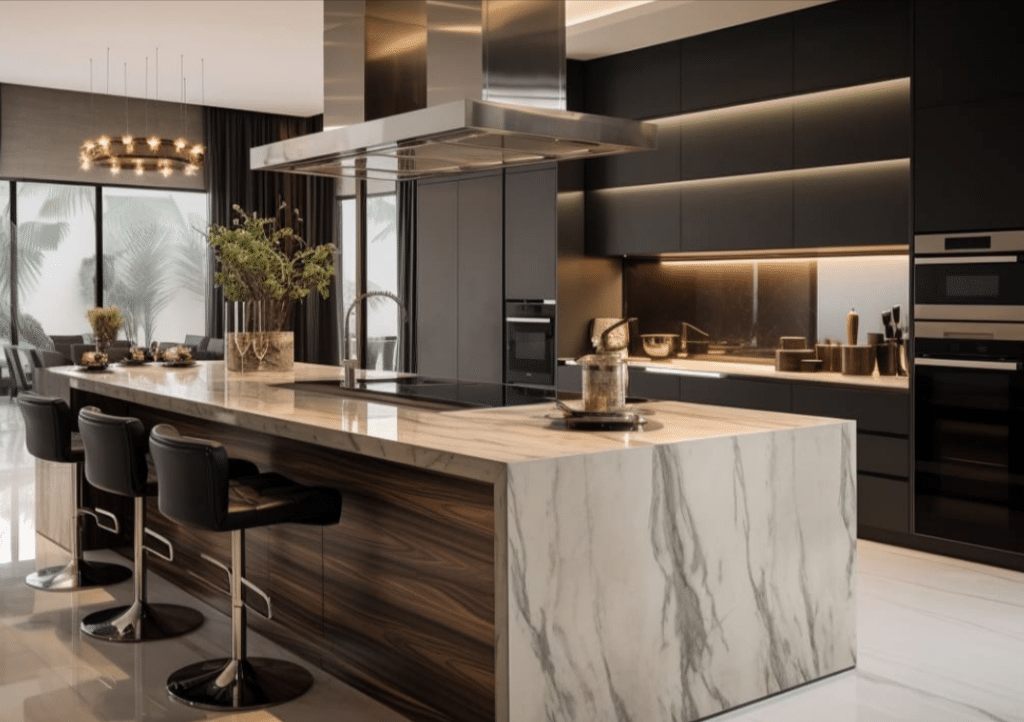
How someone lights their kitchen becomes a different process and investment than lighting a bedroom or living room. There are vital points to cover when considering kitchen lighting that is not obvious in most interior designs.
Night Time Standards
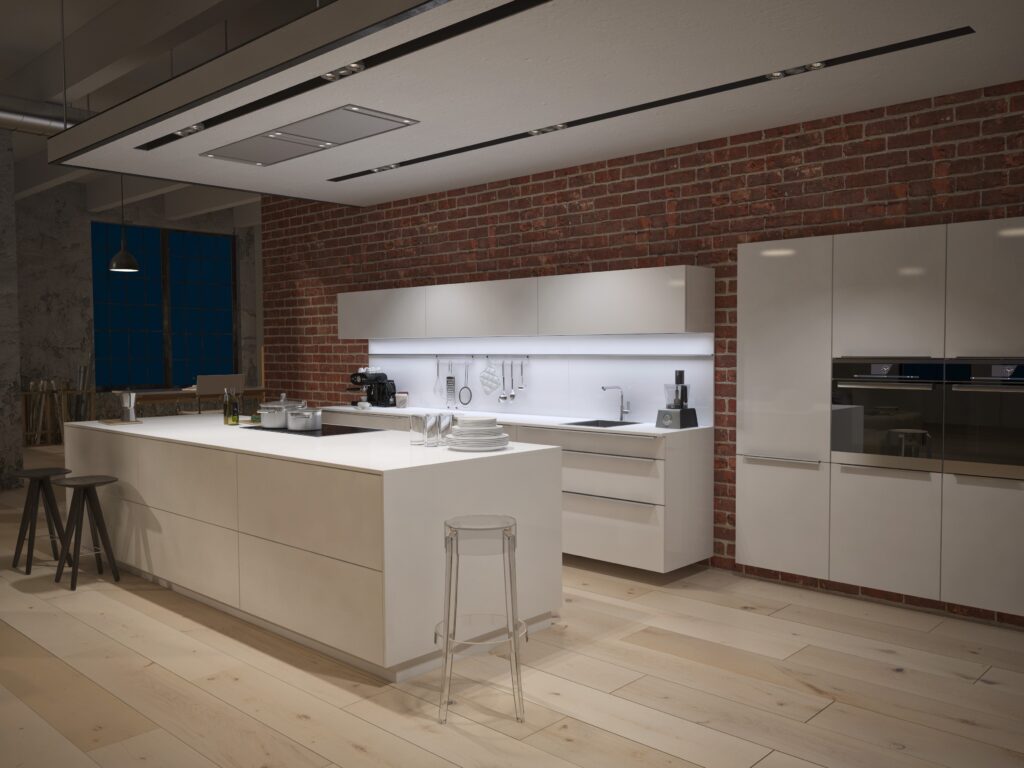
Do you cook at night? If your range hood doesn’t already have a dedicated light, consider lighting near your stove.
Can you read a recipe with the accent lighting on your walls, or are you struggling? Are you doing everything at night with a night light? In these cases, your kitchen needs more lighting for you to function well in your kitchen.
At night, don’t rely on the lone light of your open refrigerator as your only available light.
When people think about their kitchens, they usually think about the setting during the day. They think about how sunlight illuminates the room and how a bright kitchen becomes even brighter during the day.
However, forgetting about the kitchen at night leaves its interior starkly dark and unwelcoming. Even the ever-popular white shaker cabinets are not exempt from this.
Natural sunlight illuminates the kitchen and makes the space feel bigger. Without proper lighting, white cabinets feel like any other color cabinet at night.
No matter your color cabinet, proper lighting should be exhibited to properly light the kitchen for the best conditions during the day and night.
More Than A Bulb
Think about how you light your den or your garage: You probably have one general light for the room. In your bedroom or study, maybe you have a table lamp on a nightstand or desk for reading.
Unless you have a cozy kitchen (about 70 square feet or less), a single ceiling light bulb will not be enough. Even then, smaller kitchens still have a couple of recessed or pendant lights to illuminate the room.
If you have a kitchen space combined with a dining area, you need one light dedicated to your dining space. If you think this is too much light in the room, dimmer switches are helpful to control the intensity. It’s better to have brighter light that can be reduced rather than insufficient light that can’t be increased.
What about having a single large bar of fluorescent light in the kitchen?
While this is certainly an option, fluorescent lights can be harsh and glaring despite their brightness. Also, more energy-efficient lights are available, and alternatives can save on your energy bill.
Accent Lighting vs Ambient Lighting
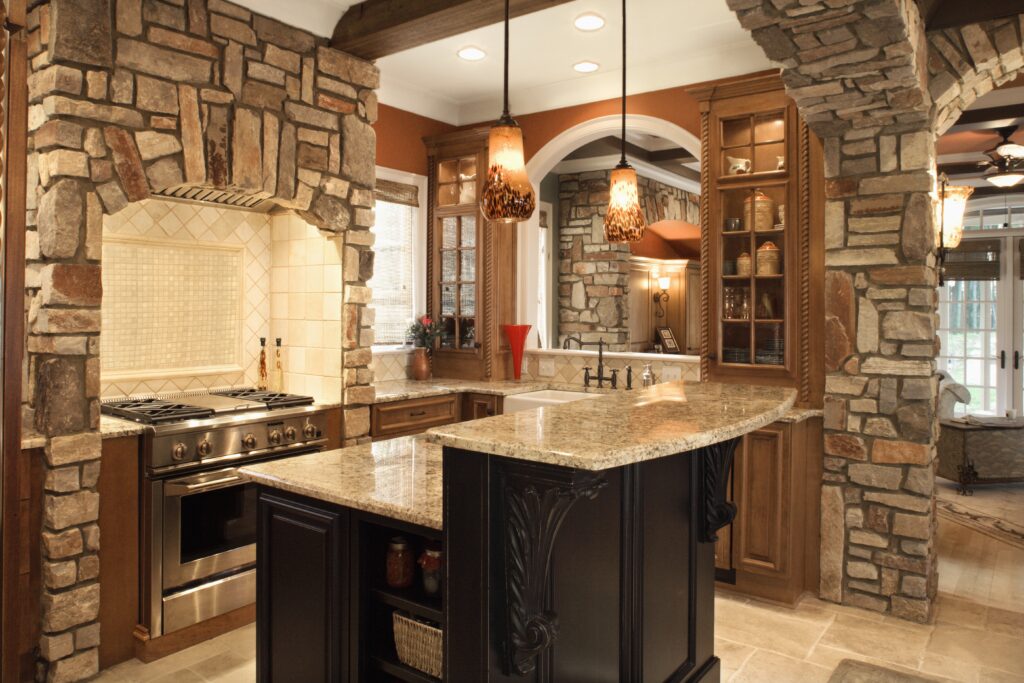
Not all lighting is designed equally. Not all lighting is meant to light up an entire room.
Light designers often talk about painting with light, not just lighting a space. The lights you choose will affect the color of your walls, cabinets, and other structures.
Lights have brightness, but they also have temperatures: warm and cool lighting can affect how the colors look in your kitchen.
While accent lights are smaller and brighter, they serve as spotlights for an object or area you want to highlight. Meanwhile, ambient light illuminates a room in the overall space, which is meant to be general for visibility. While a few accent lights are decorative in your kitchen, they won’t provide the same visibility as a lamp.
LED fairy lights and puck lights are examples of accent lights, while ambient lights include pendant lights and floor lamps.
Task lighting is another type of lighting that is between accent and ambient lighting. It is lighting focused on a specific area, your “workspace.”
Examples include the light from your range hood for cooking or a desk lamp over a table.
Under-cabinet Lighting
Kitchen wall cabinets are usually above base cabinets with countertops or table surfaces. Installing under cabinet lights adds more light in the middle of the room, which can reflect off the backsplash and counter.
This is an advantage of making the kitchen brighter because it depends less on ceiling lights to illuminate the whole space. Usually, electrical outlets are close to these areas for small appliances, but they work just as well for undercabinet lighting.
There are different under-cabinet lighting options with strengths for the effect you want.
Puck lights are great for spotlighting certain items and areas and work best in rows. Lightbars can serve as task lights if you use your counter space like a desk. LED tape lights are small and bright and can be versatile accent lights that can even change color.
Under-cabinet lighting is great because it easily changes the kitchen’s look with little cost and maximum effectiveness.
Bright Mood in the Kitchen
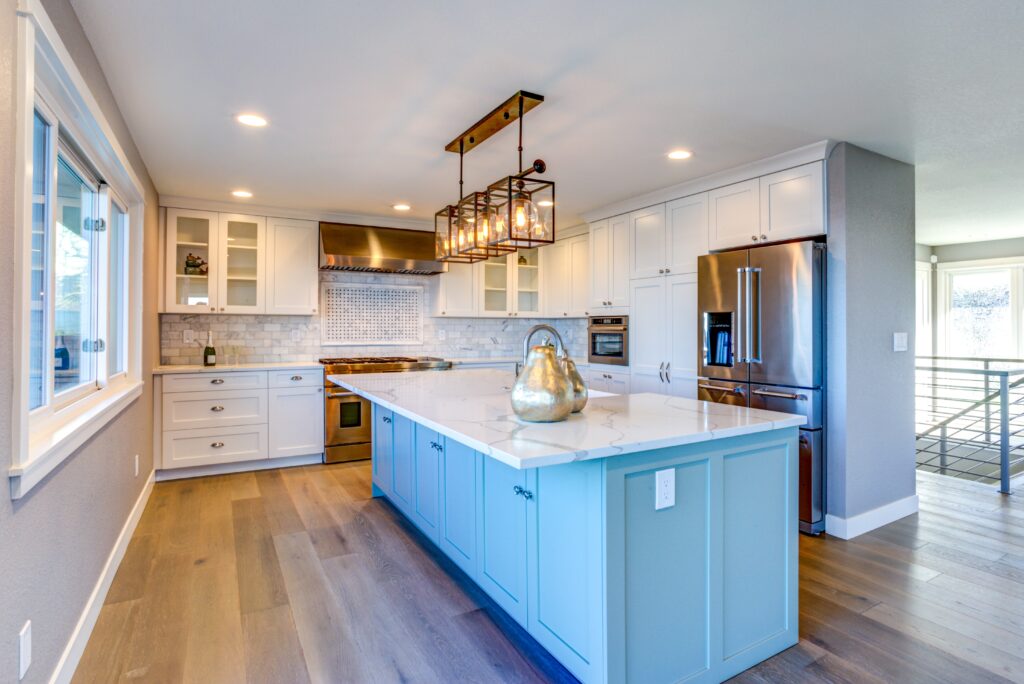
Lights have brightness, but so do temperatures: Warm and cool lighting can affect the colors in your kitchen.
Light that replicates morning light and has a yellow or amber tint is considered warm. It brings warmth and even appetite into a space.
You’ll see more of this light if you live in a cooler climate, balancing the atmosphere with needed warmth. Types of light that bring this into your space are incandescent lights and candlelight.
Cool light replicates the bright blue sky or light with a slight blue tint. It is brighter than its warm counterparts and has a clean feel. You’ll see more of this light if you live in a warm climate.
So cool lights show off color very well, but warm lights lend to the air of a warm kitchen.
Unfazed by Fads
In kitchen design, there are preferred light fixtures for every season. As we enter 2020, pendant light fixtures are gaining much attention.
For other seasons, you’ll see recessed lights or track lights become more dominant in décor magazines. Ultimately, any lighting works in the kitchen; it’s more important that the area is well-lit rather than a specific light fixture type.
So, never worry if recessed lights are rarely used ten years from now if they are installed in your kitchen. Worry more if the bulbs are bright enough or if you feel insufficient general light exists. You can always add more lighting sources if you need them.
Light Up Your Kitchen Beautifully
As you can see, lighting in the kitchens is very important. It lightens your kitchen space and elevates your family’s cooking experience. Most importantly, it increases your home value if you plan to sell it afterward.
Check out Best Online Cabinet’s blog on beautifying your kitchen with various lighting options.

